The Fibonacci Series
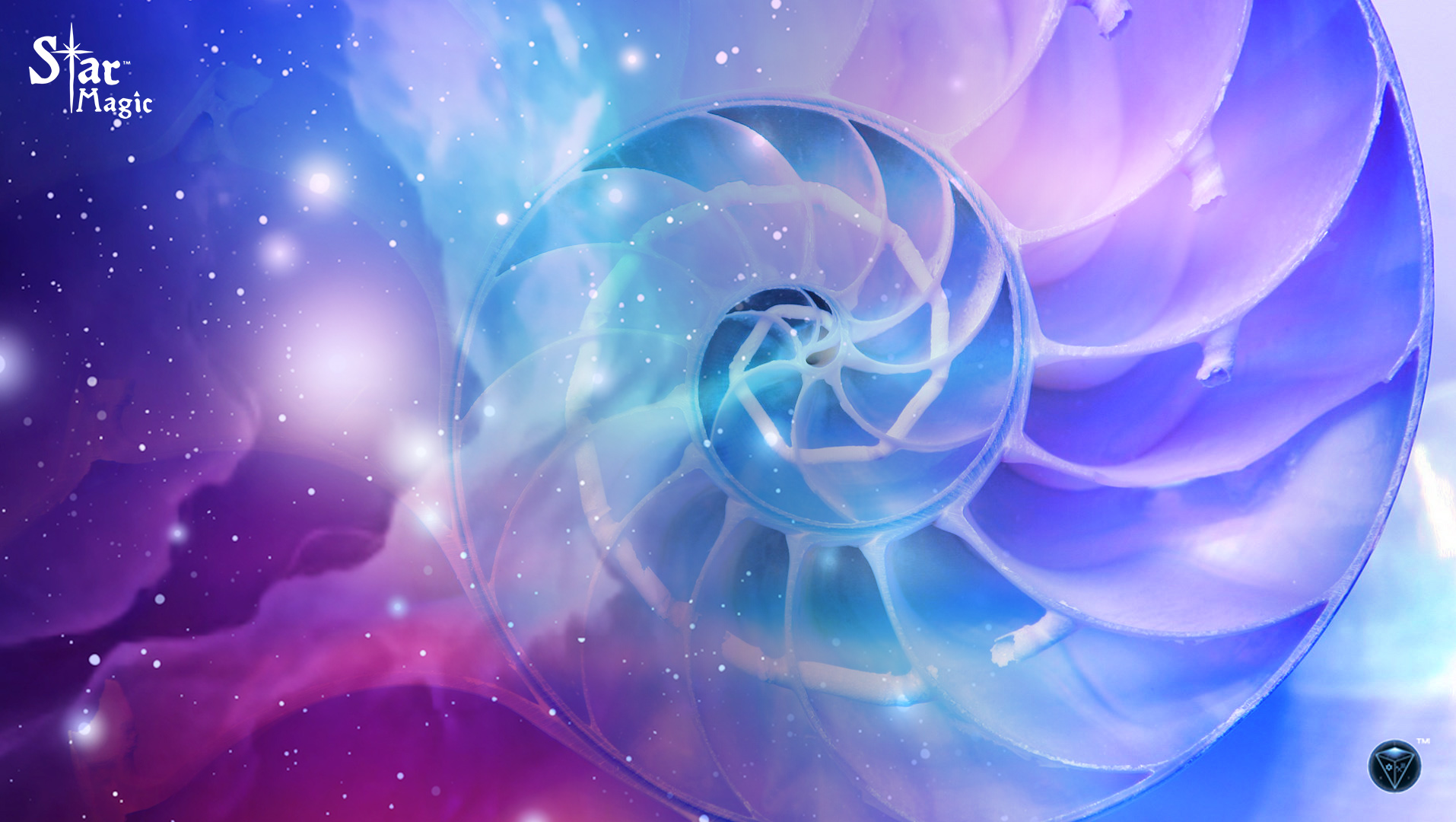
Fibonacci numbers have piqued the interest of many people across the world. The Fibonacci series is a sequence of numbers that generate some of the patterns found in nature. Have you wondered why the Fibonacci Series is observed so much in nature? Or why Fibonacci spiral geometry is so pleasing to the eye? Read on and discover more about Fibonacci and the mathematics and history of the Fibonacci series.
Fibonacci’s Rabbits
Fibonacci was a mathematician born in Italy in 1170. He was also known as Leonardo Pisano from Pisa in Italy. Ancient Sanskrit texts from centuries before Fibonacci first mention the series. In 1202, in his book “Liber Abaci”, Fibonacci uses rabbits to illustrate the series in his imagination. He wondered how many pairs of rabbits are born from a single pair of rabbits each year.
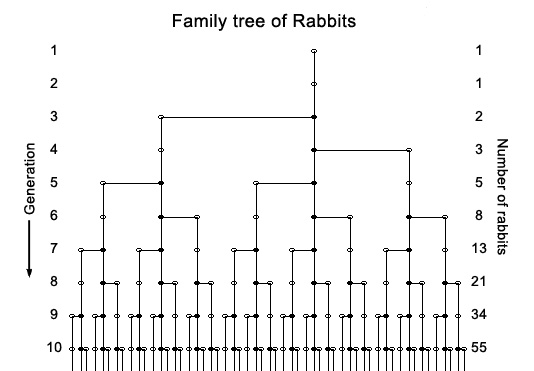
In his thought experiment, the female rabbits always gave birth to pairs of rabbits and each pair consists of one male and one female. Then two newborn rabbits were placed in a fenced-in yard to breed like rabbits. These rabbits must be at least a month old before they are able to reproduce. At the end of the first month, only the original pair of rabbits remain. At the end of the second month, the female rabbit gives birth, leaving two pairs of rabbits. During month three, the original pair of rabbits give birth to another pair of baby rabbits. Their earlier offspring have then grown to adulthood. This leaves three pairs of rabbits, two of which will give birth to two more pairs of rabbits in the fourth month. In total there will be 144 rabbits by the end of the first year.
The number of pairs of rabbits observed each month is 1, 1, 2, 3, 5, 8, 13, 21, 34, 55, 89, 144 and on to infinity. There are also zero rabbits before the experiment starts. Each number is the sum of the previous two, for example, 21+34=55. This series of numbers is known as the Fibonacci numbers or the Fibonacci series.
What is the Fibonacci sequence?
The Fibonacci series is also known as nature’s secret code and nature’s universal rule. It has been used to calculate the physics dimensions of many things including the Great Pyramid at Giza and the seashell. In the Fibonacci sequence, each number is the sum of the two numbers that precede it. The sequence is 0, 1, 1, 2, 3, 5, 8, 13, 21, 34, etc. The equation for the Fibonacci sequence is X(n) = X(n-1) + X(n-2) for n=0 to infinity.
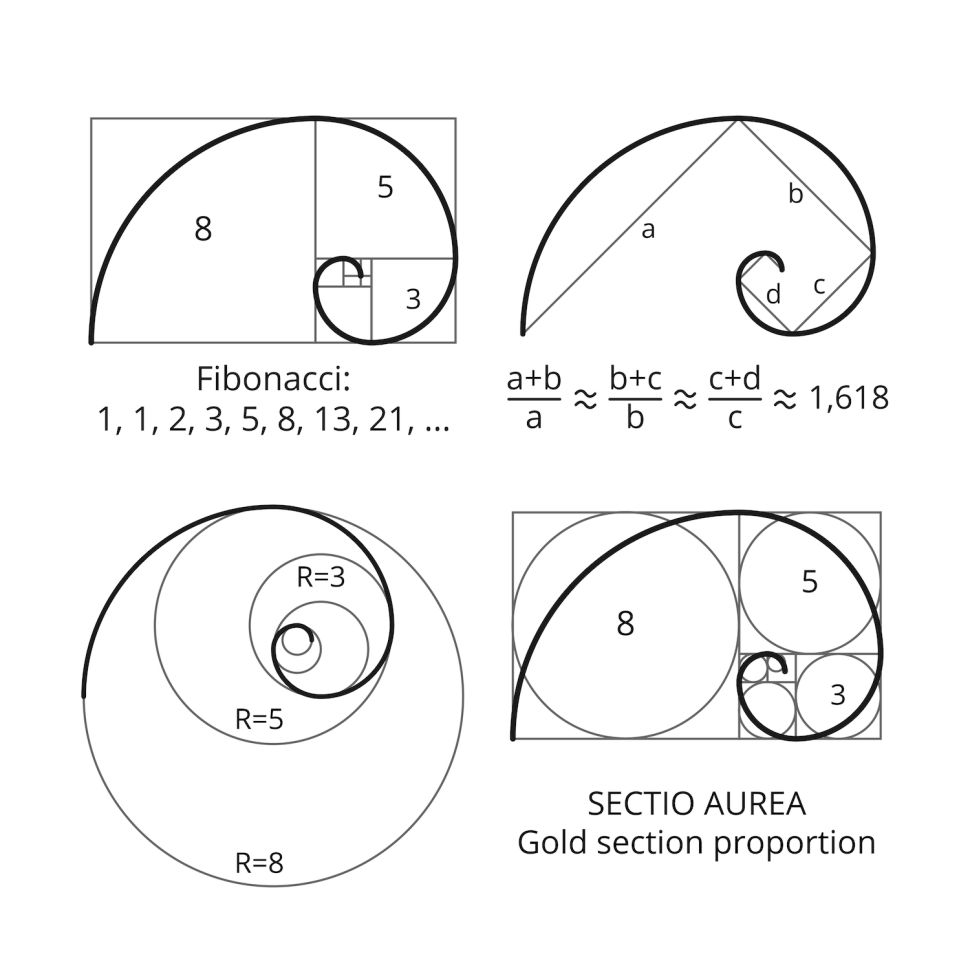
The Fibonacci sequence is intimately linked to the golden ratio. This is a ratio of roughly 1:1.6618034 and occurs frequently throughout the natural world. The golden spiral, or a logarithmic spiral, has a growth factor that equals the golden ratio. The spiral arrangement of leaves or petals on some plants, such as sunflowers and pinecones, follow the golden ratio.
Nature’s Golden Ratios
The ratio of the numbers in the sequence approaches the golden ratio as the sequence approaches infinity. The golden spiral is a logarithmic spiral whose growth factor equals the golden ratio. The golden ratio is expressed in a pattern of spirals that are shaped like shells. The areas of spiral growth are mapped out in squares. If the two smallest squares have a width and height of 1, then the box to their left has measurements of 2. The other boxes measure 3, 5, 8, and 13.
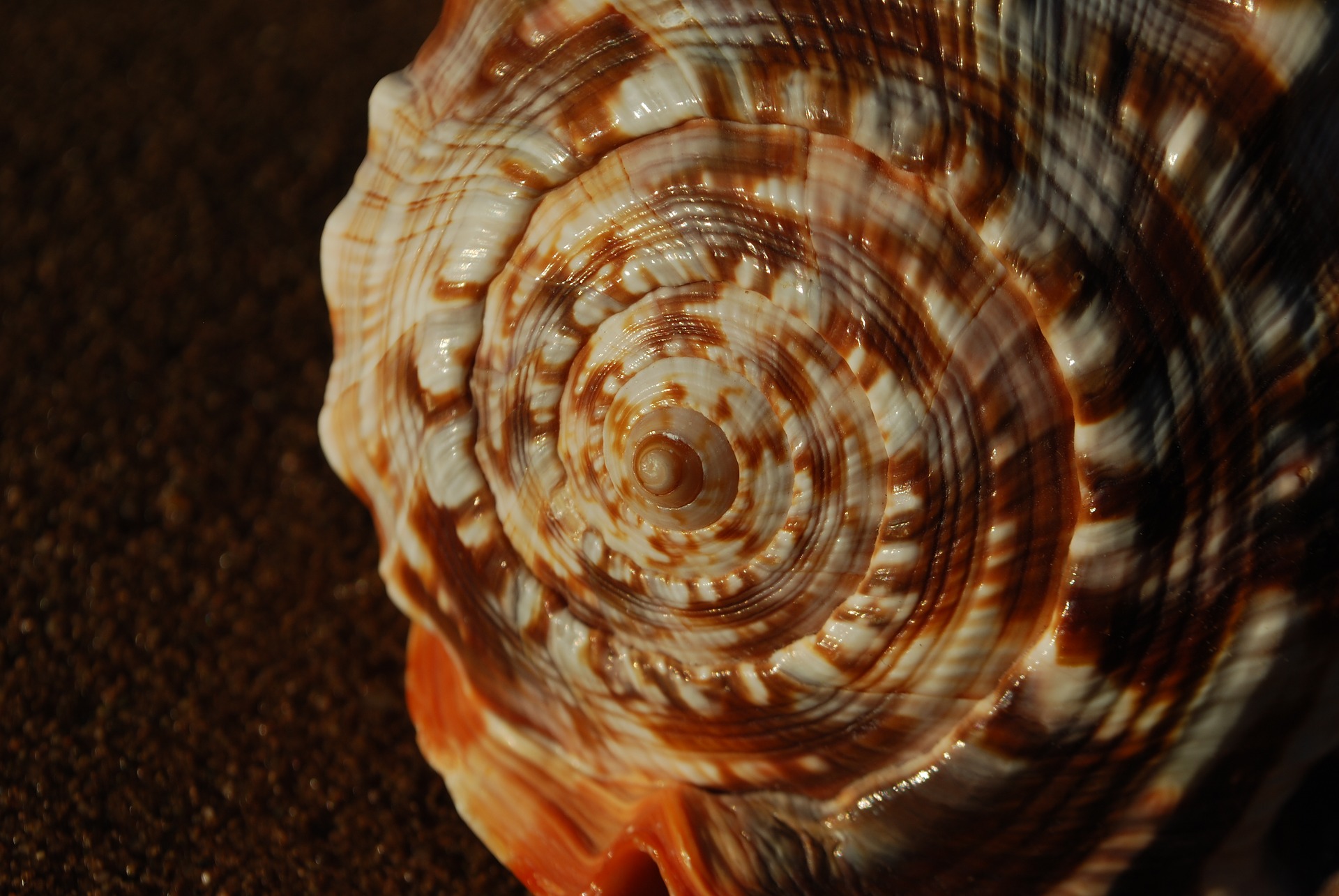
Fibonacci numbers create the structure of some naturally occurring patterns in nature. This is seen by studying the manner in which various plants grow. The golden ratio captures some types of plant growth. For example, the spiral arrangement of leaves or petals on some plants follows the golden ratio. The ratio exists because that particular growth pattern evolved as the most effective for maximum sun exposure and seed arrangement.
Seeds & Flowers
The seeds that lie at the centre of a sunflower all have spiral patterns that curve from left and right. If you count the spirals the total number will be a Fibonacci number. You will get two consecutive Fibonacci numbers when you divide the spirals. For example, there may be 13 seeds in the left-pointing spiral and 21 seeds in the right-pointing spiral. Similar spiral patterns are also present in pinecones, raspberries, pineapples, and cauliflower.
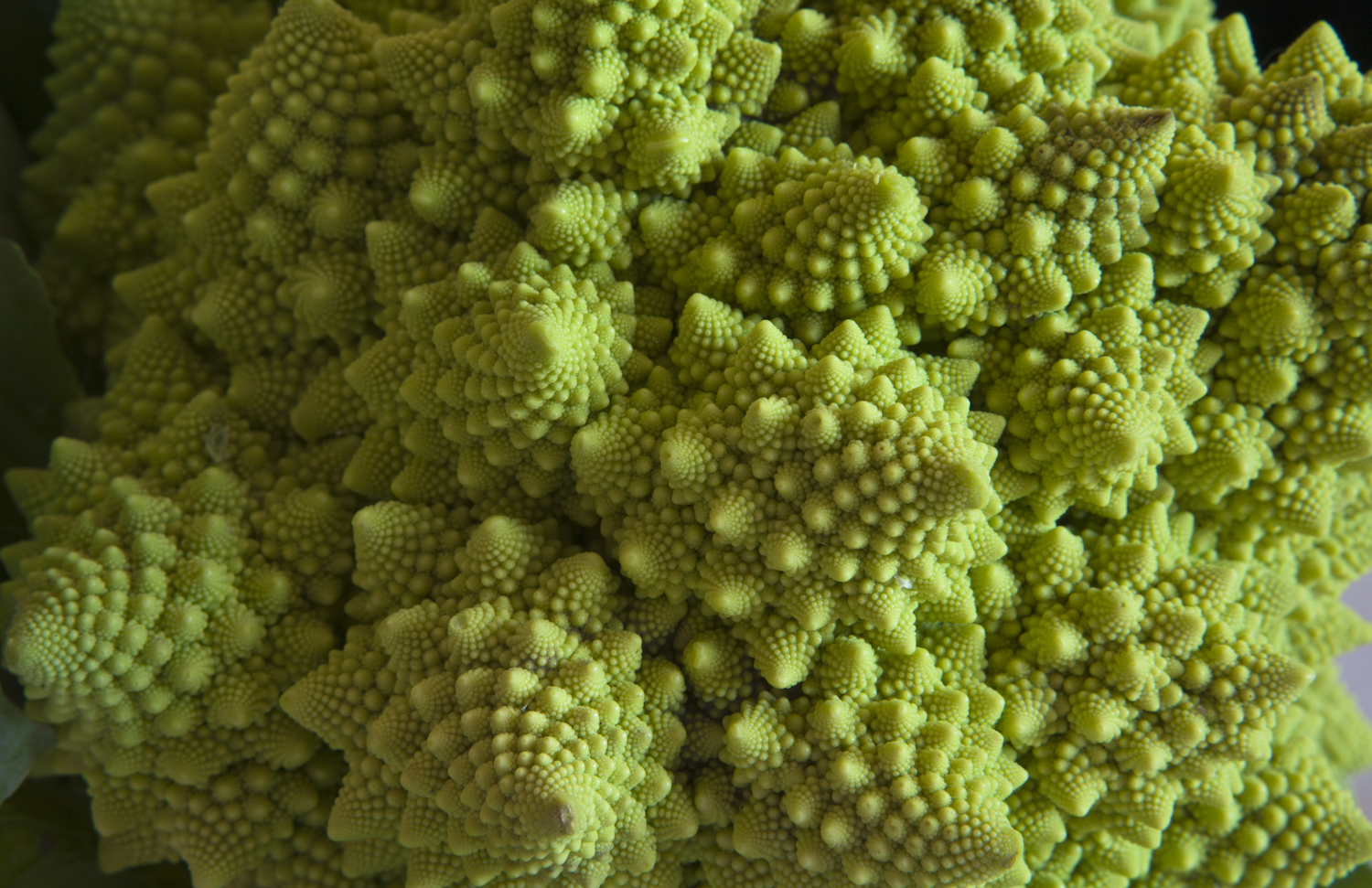
The total of the number of petals on a flower is often found to be one of the Fibonacci numbers. Irises and lilies have three petals, buttercups and wild roses have five petals, and delphiniums have eight petals.
Trees Branching
When trees grow they will branch in a specific pattern. One trunk will grow until it branches off from two points creating two branches from that branch point. The main trunk then continues to grow and branches again to create three new branches. Then the trunk and the first branch will grow another two branches. This brings the total of new branches to five.
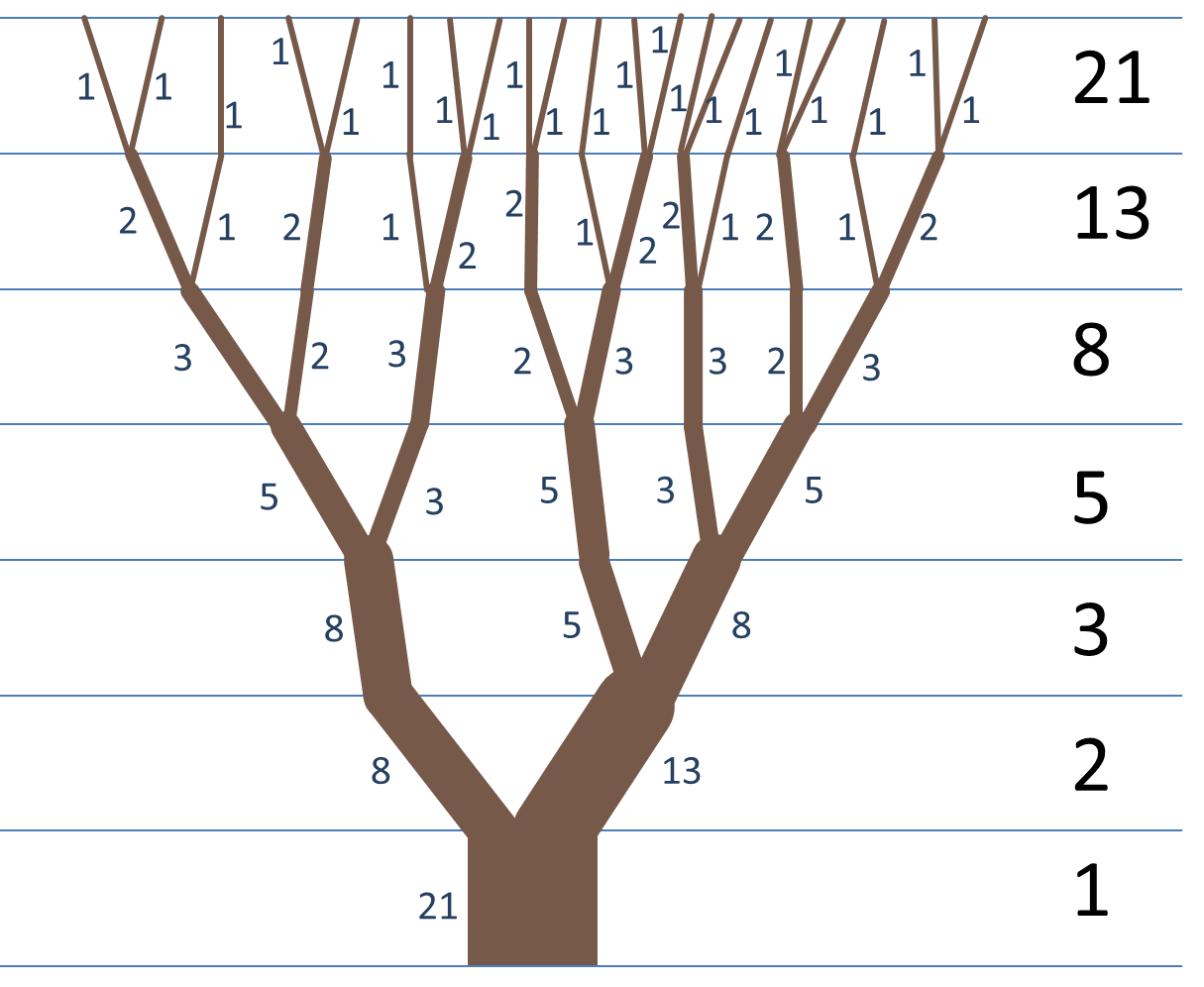
The pattern of branching observed in trees will continue to follow the Fibonacci numbers. The next set of branching will create 8, then 13, then 21 new branches in total.
The human body
The golden ratio is a guide for the number and proportion of body parts. Have a look at your reflection in the mirror. You will observe that you have one nose, two eyes, three limb segments, and five toes on each foot.
DNA molecules also follow the Fibonacci sequence. For each full cycle of the double helix, your DNA molecules are 34 angstroms long and 21 angstroms wide. This is in the ratio of 21:34 and these are in the Fibonacci series.
Explore your divinity and deepen your understanding of life with Infinity. As an Infinity member, you get all of the tools to transform your life physically, emotionally, and spiritually. You also have access to the meditation library and meditation challenges, high vibrational recipes, unique exercise workouts, and mind-blowing cosmic activations.
Go here to join infinity.
Platinum Package
"*" indicates required fields
Healing For Horses Enquiry Form
"*" indicates required fields
Sign up for our weekly newsletter, for inspiration and fresh content from Jerry Sargeant.
Event Enquiry Form
"*" indicates required fields
Sign up for our weekly newsletter, for inspiration and fresh content from Jerry Sargeant.
Download Prospectus Form
Download Prospectus Form


